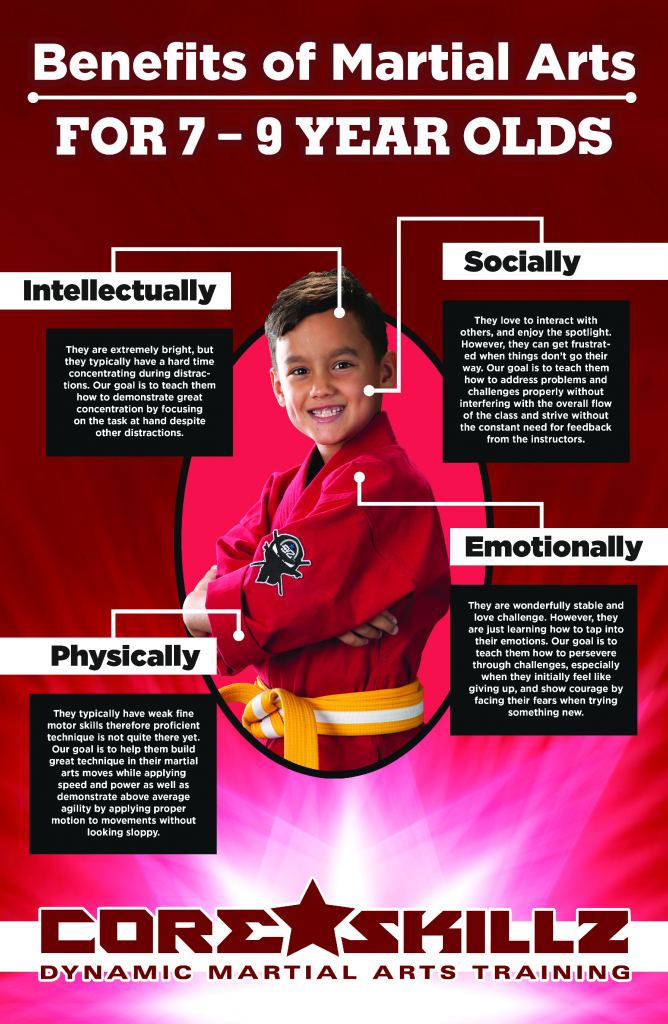The Worldwide Background And Change Of Martial Arts
The Worldwide Background And Change Of Martial Arts
Blog Article
Post By-Mortensen Fallon
Martial arts have an interesting history that covers centuries and continents. You might locate it appealing exactly how ancient practices like Shuai Jiao and Kalaripayattu laid the groundwork for modern fight strategies. These self-controls not only emphasize physical abilities but also show the societies that birthed them. As you explore their advancement, consider how globalization has actually changed these traditional forms into crossbreed styles. What impacts do you assume have formed today's martial arts landscape?
Ancient Martial arts: The Foundations of Combat
As you delve into the globe of old martial arts, you'll uncover the rich foundations that formed battle strategies throughout societies. Very early methods concentrated on Self-Defense and survival, usually including strikes, hurting, and weaponry.
In ancient China, for example, strategies like Shuai Jiao highlighted throws and joint locks, while India's Kalaripayattu showcased agility and fluid motion. Japanese samurai established Kenjutsu, a polished swordsmanship that highlighted self-control and technique.
These martial arts offered not just for fight yet additionally as a way of personal growth, instilling worths like respect and determination. The mixing of these strategies in time laid the groundwork for the diverse martial arts you see today, each showing the unique viewpoints and demands of its culture.
The Social Influence on Martial Arts Advancement
While martial arts usually mirror the practical demands of a society, they likewise personify the social worths and ideas of their origins. When you discover various martial arts, you'll observe how they're affected by religious beliefs, ideology, and social standards.
For instance, the emphasis on regard and technique in Japanese martial arts comes from Zen Buddhism and samurai culture. In contrast, Brazilian Jiu-Jitsu promotes flexibility and approach, formed by the need for performance in a diverse, multicultural environment.
see post might discover that the rituals, uniforms, and training techniques mirror an area's history and identification. By understanding these cultural influences, you strengthen your gratitude of martial arts and their function fit human experiences around the world.
Modern Adaptations and the Globalization of Martial arts
Martial arts have actually transformed considerably in current decades, adapting to modern society and worldwide impacts. You'll see that typical types have mixed with contemporary methods, creating hybrid styles like MMA. simply click the up coming document accommodate varied audiences, making martial arts accessible and appealing globally.
With the surge of social media sites and electronic systems, you can find tutorials and competitions from all edges of the globe, breaking geographical barriers. This globalization has actually resulted in a shared gratitude for various disciplines, from Brazilian Jiu-Jitsu to Taekwondo.
As you engage with these arts, you'll understand they're not almost combat; they promote physical fitness, self-control, and psychological wellness.
Eventually, modern-day adjustments have enhanced the martial arts landscape, making it a dynamic and developing technique.
Conclusion
In exploring the background and advancement of martial arts, you discover an interesting blend of techniques, cultures, and viewpoints. From old disciplines like Shuai Jiao and Kalaripayattu to the modern versatility seen in MMA, martial arts mirror humankind's quest for Self-Defense and personal growth. As you involve with these practices, you not only acquire abilities however likewise a deeper appreciation for the varied customs that form our globe today. So, continue your trip and embrace the art of battle!
